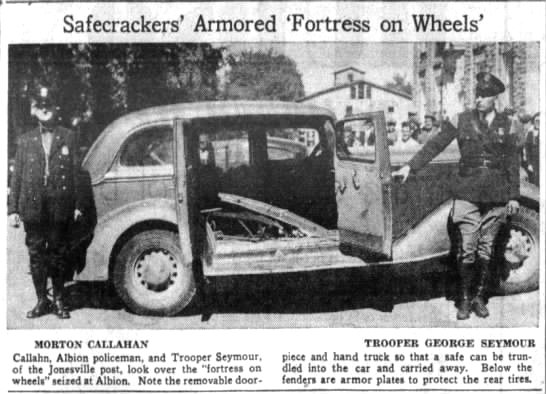History is fascinating in what it shows and tells and what it does not. My newest nonfiction book is a collection of seventy-five of my best Detroit blog posts called Detroit Time Capsule, which will be coming out this fall. Each chapter tells the story of some of the people who left their mark on Detroit history or its culture.
For the front cover, I chose a visually striking closeup view of The Spirit of Detroit by gifted Detroit photographer Chris Ahern. Searching for information about the building of the sixteen foot bronze statue and its dedication on September 23, 1958, I came across this color film I have linked below that tells the whole story.
To present a broader view of who and what the City of Detroit represents, the back cover photo will be a black & white closeup photo by Chris Ahern of Joe Louis' fist. I am anxious to see what my bookcover designer comes up with.







